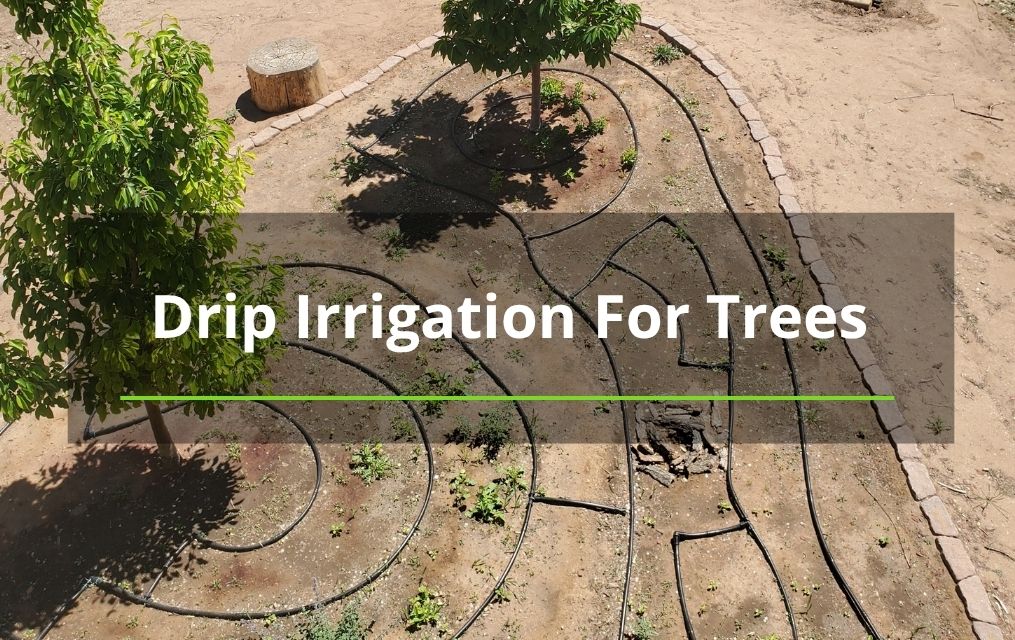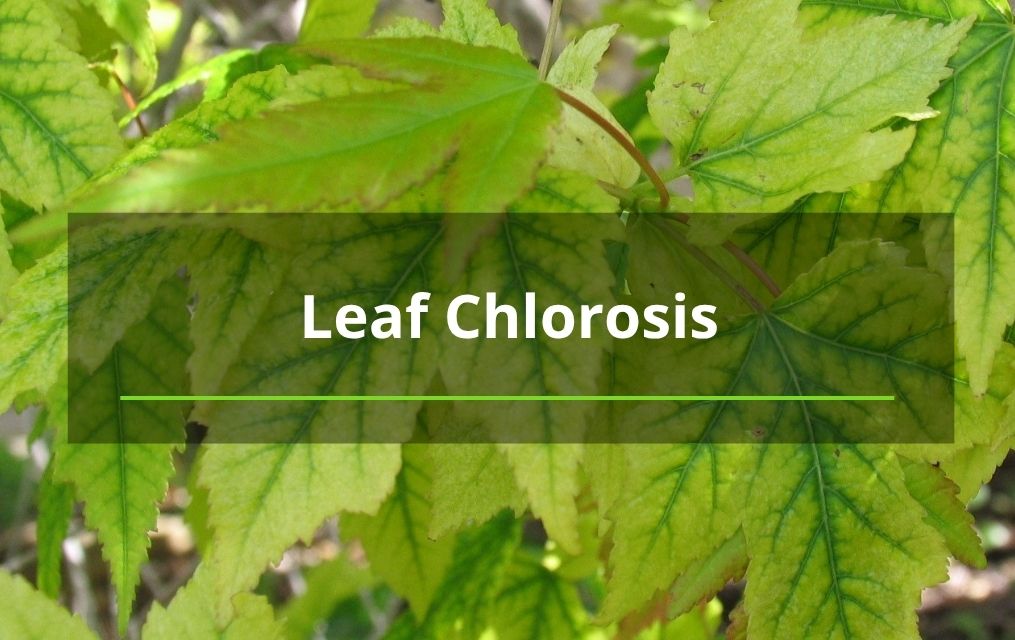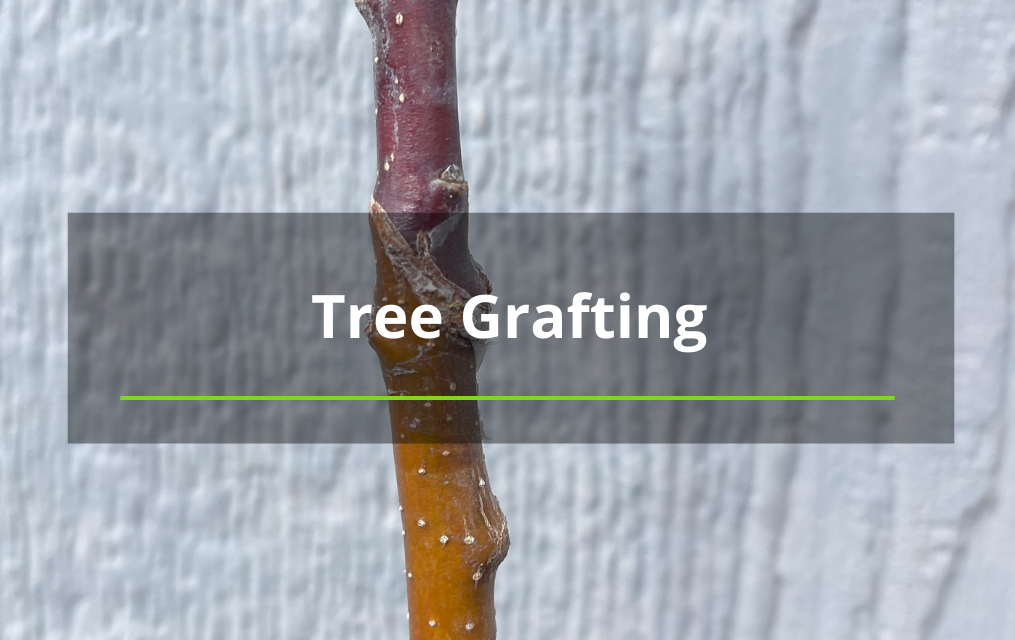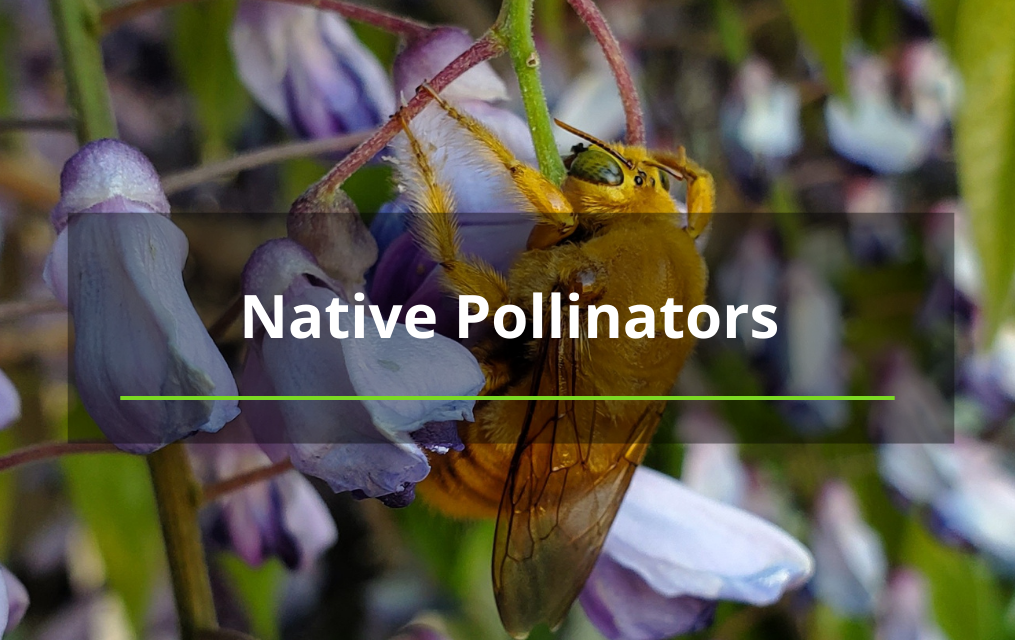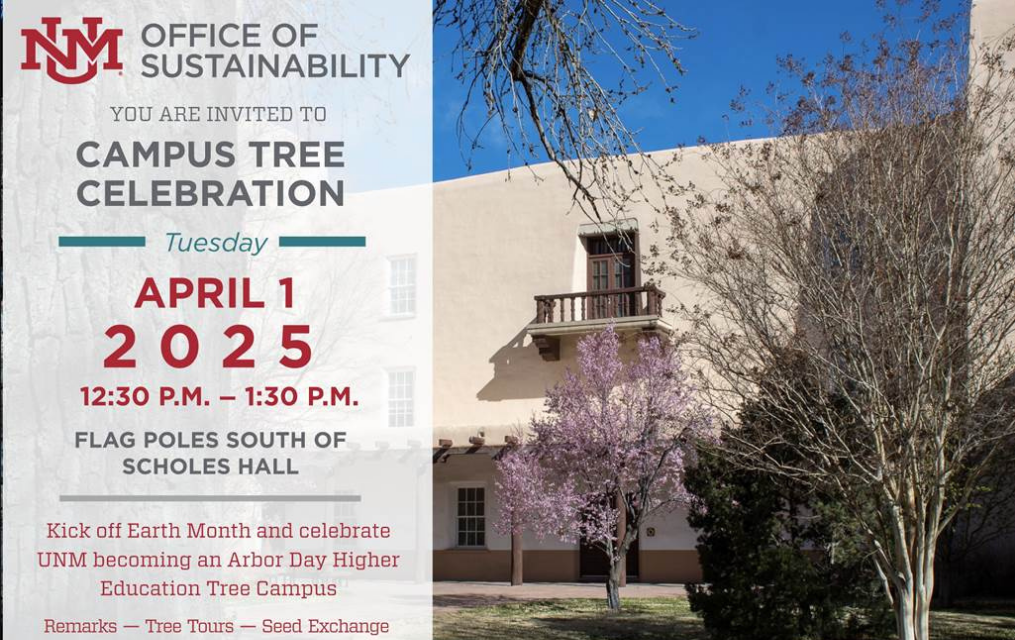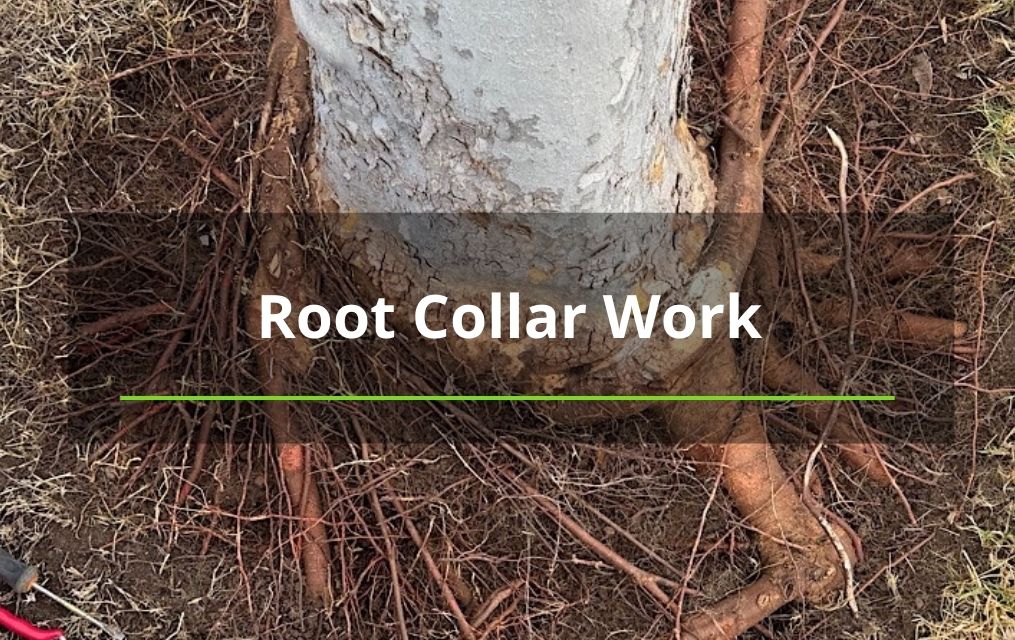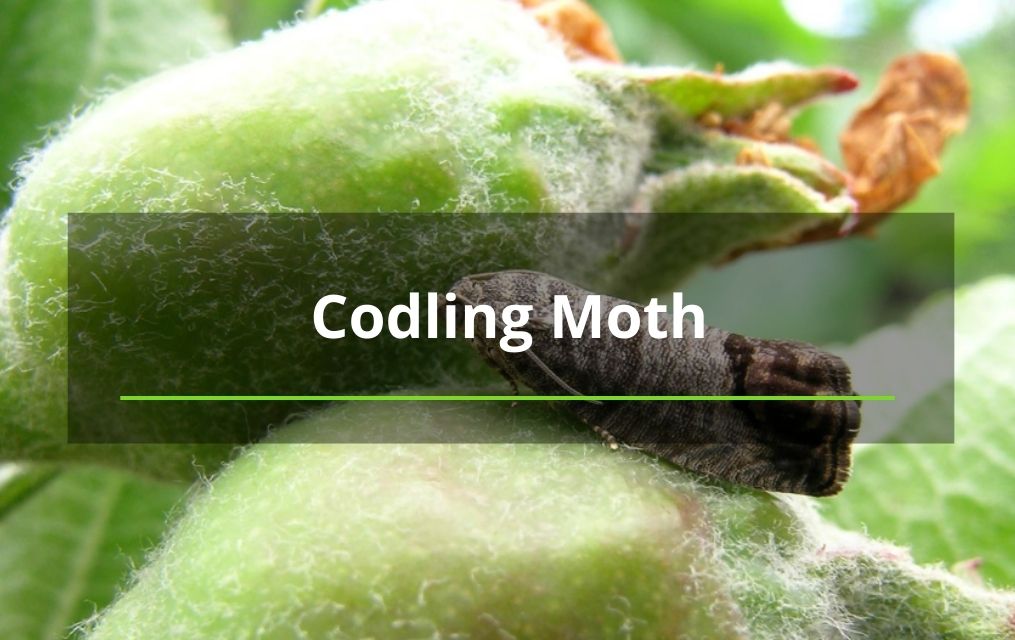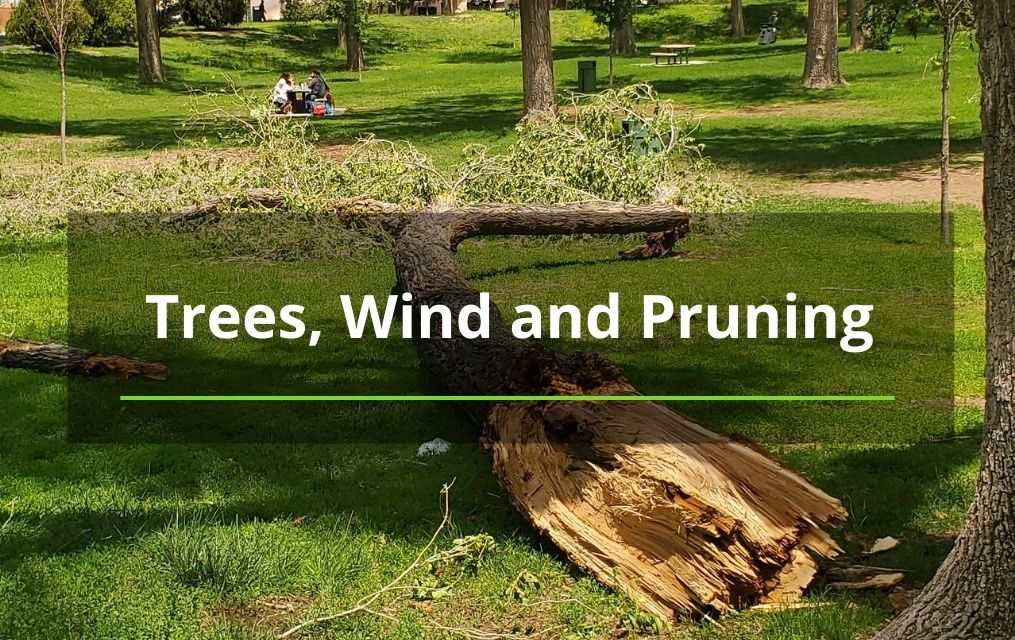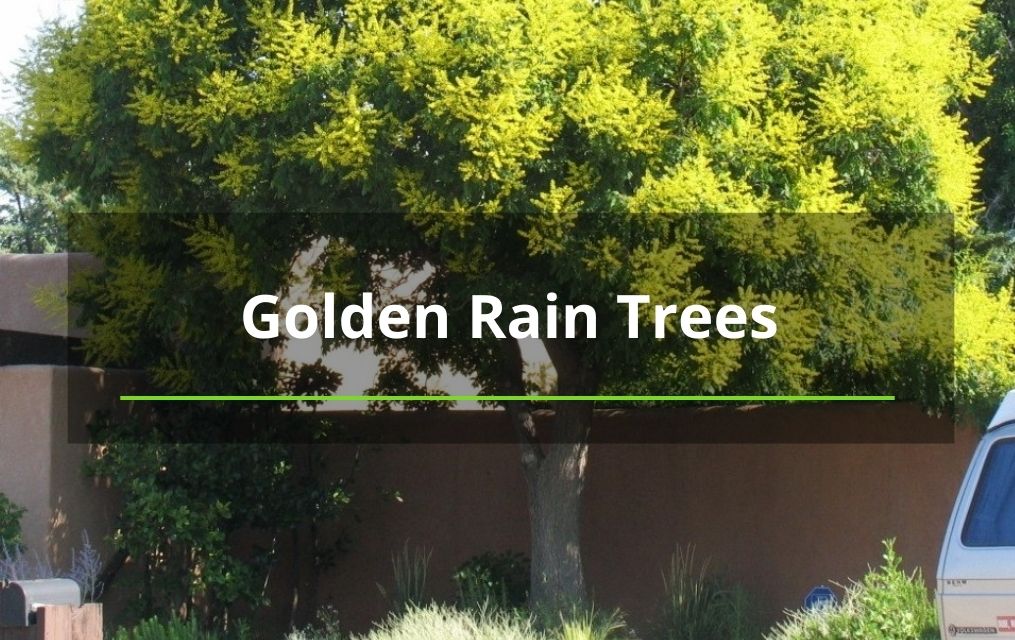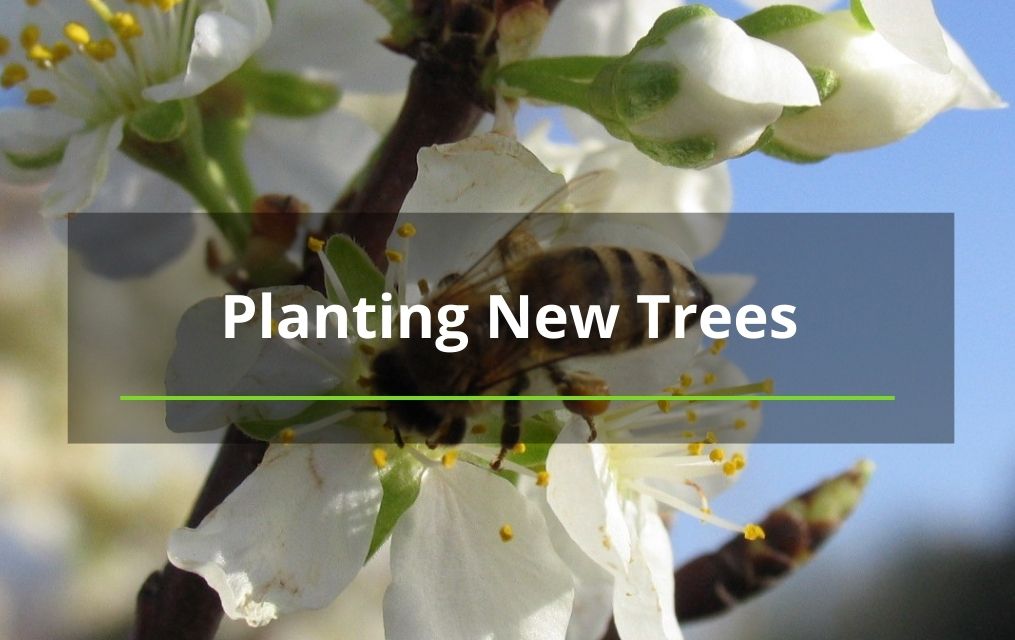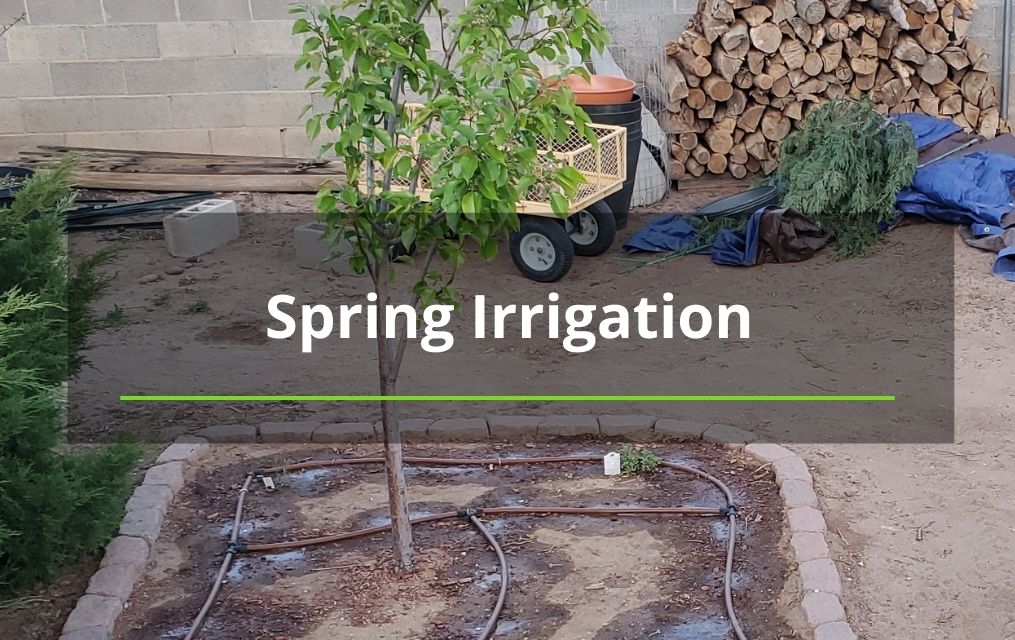Orchard Pruning
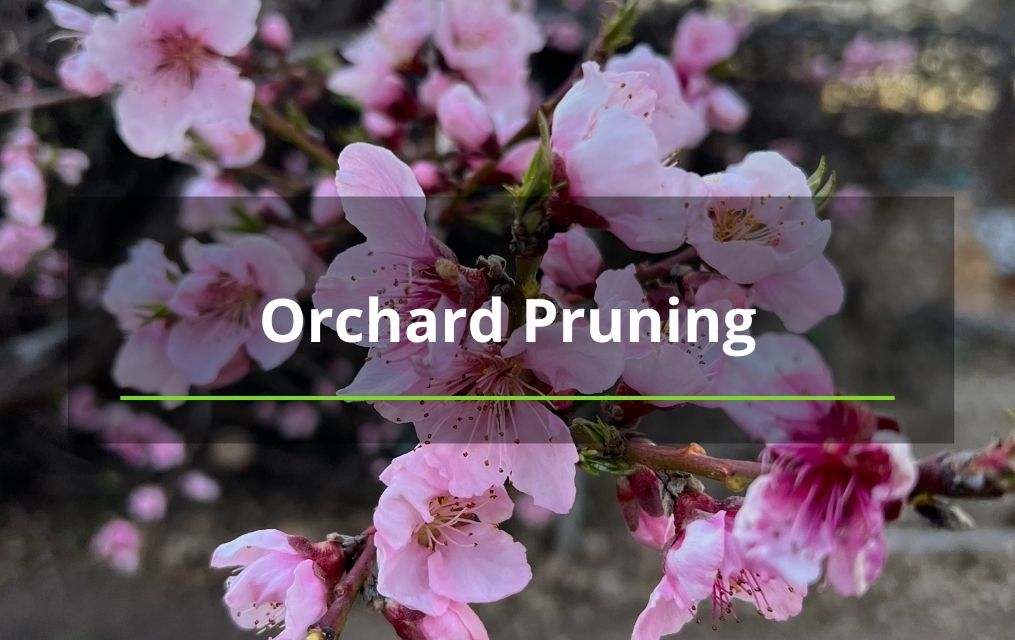
Orchard Pruning
Whether it’s one backyard fruit tree or fifty fruit trees on small acreage, when we grow trees mostly for the fruit production, we need to prune those trees appropriately. Many landscape trees, even (especially!) mature trees, often need no annual pruning. Production fruit trees, on the other hand, often do. The objectives of fruit tree pruning are different than landscape trees.
One objective is manageable size and shape. Personally, I like working on and around a tree that doesn’t require tall ladders to get to all the parts that need to be touched. That touching includes everything from annual dormant pruning to fruit thinning, occasional summer pruning, harvest…please know that a production fruit tree is not a self-maintaining system!
Another objective is fruit bud production (and suppression!). Trees will produce many more buds than they can mature good sized fruit – nature provides abundance to account for loss. Too many maturing fruit leads to all of them being small, maybe smaller than you would like. Additionally, that fruit weight can break branches, which is never the ideal way to shape a tree! It also provides more cover for codling moth eggs on apple trees. If you’re using any sort of spray to control pests, the canopy needs to be open enough to get the material onto the fruit where it needs to be.
Some backyard trees are as much landscape trees as they are production trees. In those cases, a lighter pruning touch can help establish a balance between ease and quality of fruit production, and the tree as a visually appealing amenity. Honestly, a typical fruit tree NOT managed for production will often overwhelm the homeowners with a lot of fruit, all at once.
Early in the life of the fruit tree, it needs to be pruned for shape. Peaches and plums are often pruned to an “open” vase form, with three to four main scaffold branches. This form is enhanced over several years of pruning, until the tree is nearly mature sized. Apples and pears are more often pruned to a modified central leader form, again with yearly structural pruning over the early life of the tree. Conversely, apple trees can also lend themselves to an open vase form, and pears are often used in espalier systems where the branches are grown in a single plane, with the tree up against a wall or fence.
Cherry trees can be large at maturity, depending on rootstock, and thus make a nice landscape presence but birds will get a lot of the high-up crop. Apricots, similarly, are best considered as landscape trees with the occasional benefit of tasty fruit. Both of these species are often pruned more as landscape trees, especially in backyard settings. Small orchards may need to prune heavier, again to the open vase form in most cases.
Annual pruning focuses on reducing the number of flower buds to a level the tree and you can both manage, setting up future fruiting wood growth, maintaining size for mature trees, and addressing any broken, damaged or diseased branches. This pruning is best done just before dormancy breaks in late winter. Typically, fruit orchards are pruned during February and March. Different species take more, or less, pruning: pears often need relatively little, while peaches are usually pruned hard. This stimulates the growth of new branches, which then produce fruit the following year.
If the goal of the pruning is to make an overgrown tree into a more manageably sized tree, the pruning should be done in midsummer, and care must be taken to avoid over-pruning. Consider an upper limit of about 25% of the living green leaf tissue as the maximum you want to remove in a given year. Reestablishing height this way is often a three to four year process.
Consider fruit thinning to be a critical pruning aspect – pruning off excess production. This is most important with large fruits like apples, peaches and pears; it really isn’t necessary for apricots, plums, cherries. The goal is to end up with one fruit every 4 inches or so along the fruiting branch. The thinning should be done when the fruit is still small, pea to marble size, for best results. It may astound you how much you need to take off – very often more than you leave! I asked a PhD fruit researcher once about how much to thin a peach tree. He said, “…somewhere between 20% and 80% needs to come off.” Wow – that is a lot! Appropriate thinning gives you larger fruit, and makes managing the crop easier, so it’s an effort well made towards a bountiful harvest!
Contact us to find out why we are considered the best tree service in Albuquerque.


